Dive into how a military background equips a professional to excel in the critical task of home inspection.
Today’s article introduces Julian Andes. Julian is currently stationed at Scott Air Force Base. As I listened to him, he told me about his experience in the Air Force. I could relate to what he said about knowing what to look for as a home inspector. The skills he has learned while in the Air Force highly qualify him as a home inspector.
Karen and I just moved to the area last summer. I didn’t know Julian then, but the home inspector we used was excellent and did everything Julian does when he does his inspections. Julian is a caring person and I believe he will take good care of his clients. Please consider using Julian’s services if you are planning to buy a new home.
Bruce:
Can you share a bit about your background and what led you to come into the home inspection business?
Julian:

I’m Active Duty Air Force and enlisted in 2010. My main specialty is Structural, which is part of the Civil Engineering squadron responsible for maintaining all the structural facilities on the base. This is where I learned construction and gained experience in wood carpentry, masonry, welding, and locksmithing.
I feel like the skills and knowledge I’ve learned since then are very transferable to the home inspection business. Also, I like helping people, and that’s one of the reasons why I want to venture into this business. I would love to share my knowledge and experience of all I’ve learned from being in the military.
Over the years, I’ve moved quite a bit from base to base and gained a lot of experience buying houses. Unfortunately, the home inspectors I’ve engaged previously often fell short of my expectations. Because of my background in construction and knowledge of the trades, I believe I can provide better assistance to homebuyers, especially within the military community.
Bruce:
In your view, what are the most critical aspects of a home that potential buyers should be aware of?
Julian:
There are a lot of them. During the home inspection, we inspect the roof system, foundation system, mechanical system, and interior system. These four items are the main systems in the home, and they are all interconnected like a big puzzle. If there’s something wrong with the roof, it could potentially impact the interior or the attic spaces.
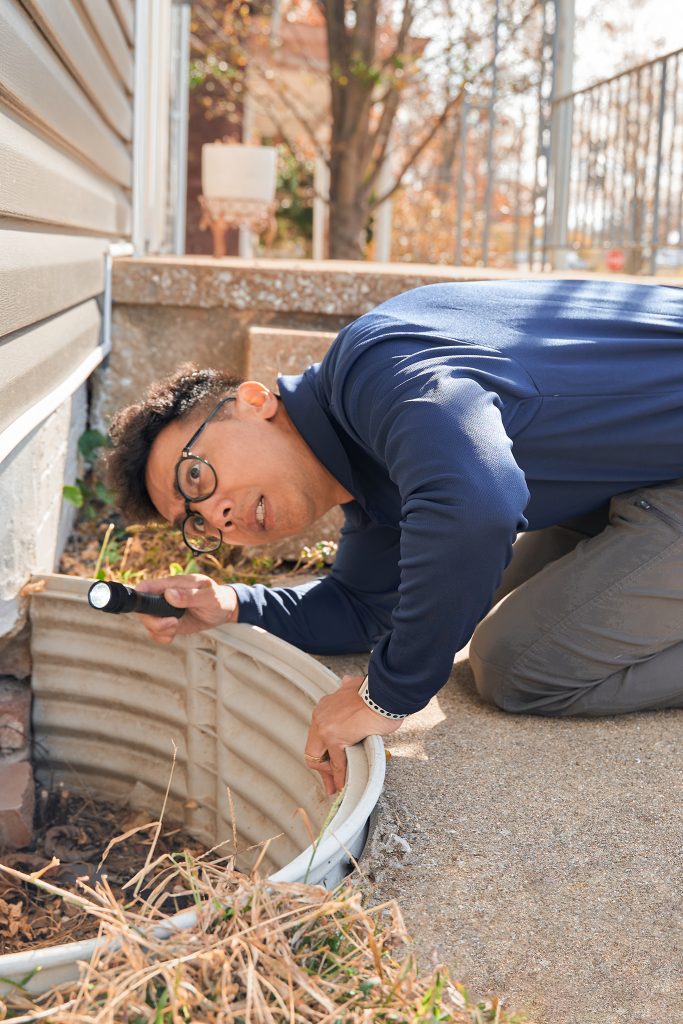
If you see leaks or water stains in your ceiling, there might be an issue with the roof covering. If you see issues in the foundation, cracking or settling in the walkway, you might have issues with the drainage system around your house, with the gutters, and downspouts and stuff like that.
Everything ties in together. Those four systems are the most critical. Roofing, interior, mechanical, and foundation.
Bruce:
What are some of the most common issues you’re finding during your home inspection?
Julian:
Some of the most common issues I found are related to regular home maintenance items. Small defects when left unaddressed, can result in significant issues over time.
One common issue that I’ve come across is when the gutters aren’t draining properly and downspouts are terminating close to the foundation. This could cause all the water from rain to seep into the side of the foundation, leading to settling and cracking.
Another common issue is the bathroom exhaust system. I often find disconnected exhaust ducts in the attic. This can lead to moisture-related problems like mold growth in roofing members. Addressing this issue promptly is essential to avoid subsequent costly repairs.
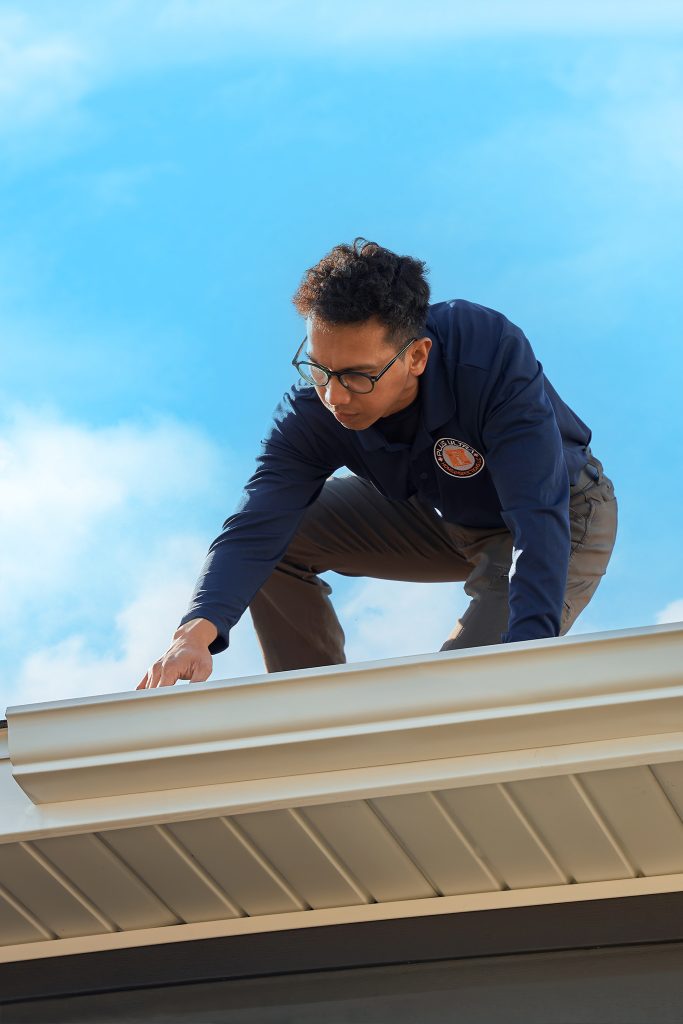
Let’s talk about the flashings on the roof and the various protrusions like chimneys and plumbing vents. These protrusions require protection from rainwater and snow. We use metal flashing around them to keep the water away because that’s where leaks tend to occur.
Sometimes, DIYers try to fix roof leaks by applying sealant, tar, or caulk. Those types of repairs only provide temporary fixes, lasting only a few months or weeks. I frequently come across this type of issue.
Bruce:
Walk me through your typical inspection process and areas of the house. How do you approach inspecting a house?
Julian:
The routine is what I call it, top to bottom, macro to micro process.
I’ll begin by inspecting the roof, including the covering, protrusions, flashing, drainage system, gutter system, and downspout. For asphalt shingles, I’ll lift the shingles and take pictures to see if there are multiple layers.
When I’m on the roof, I take two or three videos and many pictures. Once I’m done with that, I’ll start the exterior inspection and walk around the house to inspect the windows, the doors, and the wall covering. If it’s vinyl siding, I double-check to ensure that they are all secured and latched or snapped together.
Sometimes vinyl siding can get loose from the wind. I also check for any holes or damages around the protrusions in the wall.
Outside, you’ll see the AC unit or the condenser unit. I’ll take a picture of the data plate with the serial number and model number of the AC condenser. We’ll see how old it is or if it’s working properly during summertime. However, during the cold season like right now, we’re unable to test it as it may damage the condenser.
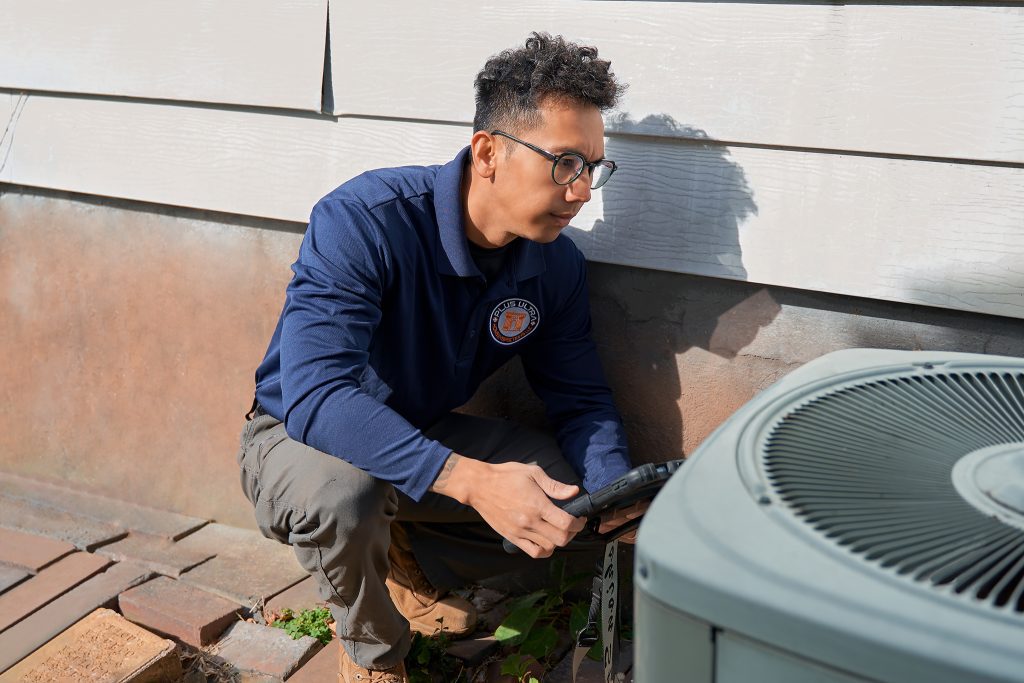
A home inspection is a visible, noninvasive inspection, so we don’t try to open the box or electrical panels, but it’s all visual. Walk around the exterior, check the walkways and driveways, and see if there’s any settling.
Macro to Micro process is when I start from a distance, probably about 6 feet away or even further, and can see the big picture. If I notice something that may be a problem, I get closer and investigate further. I mentioned earlier that everything is interconnected.
If there’s an issue I see on the exterior, I make a mental note of it. For example, if I notice a step cracking on the brick wall outside, I won’t jump to the conclusion that there’s a foundation issue until I go inside the house and verify everything.
So that’s where my approach comes into play: macro to micro. Once I’m done with the exterior, I’ll go inside and turn on everything—the lights, and the hot water. Depending on the house, sometimes things can change. But for the most part, I walk around and turn on everything.
I test the kitchen sink, checking for any leaks by opening the cabinet doors. In my home inspection process, I use a thermal imaging camera. Not many home inspectors use it today because it can be expensive. They charge a fee before using the camera.
But for my business model, that’s free. It comes with a standard home inspection. So, when I check the sink, sometimes I can’t see behind the cabinets. But with my thermal imager, I can see if there are any leaking pipes behind the walls. Inside, I use the camera to check for stains on the ceiling.
This allows me to see if there is any moisture or water accumulation in the ceiling or behind the wall. Using the camera while I’m inside makes me a better inspector overall. I also check all the mechanical systems, the water heater, and the furnace.
In the final round of scans, I walk around the house again with my thermal imager to ensure I haven’t missed anything. Then, I take the client along and we typically go to the kitchen area or the dining room if it’s furnished. I use their table to set up my iPad and give them a summary of what I found.
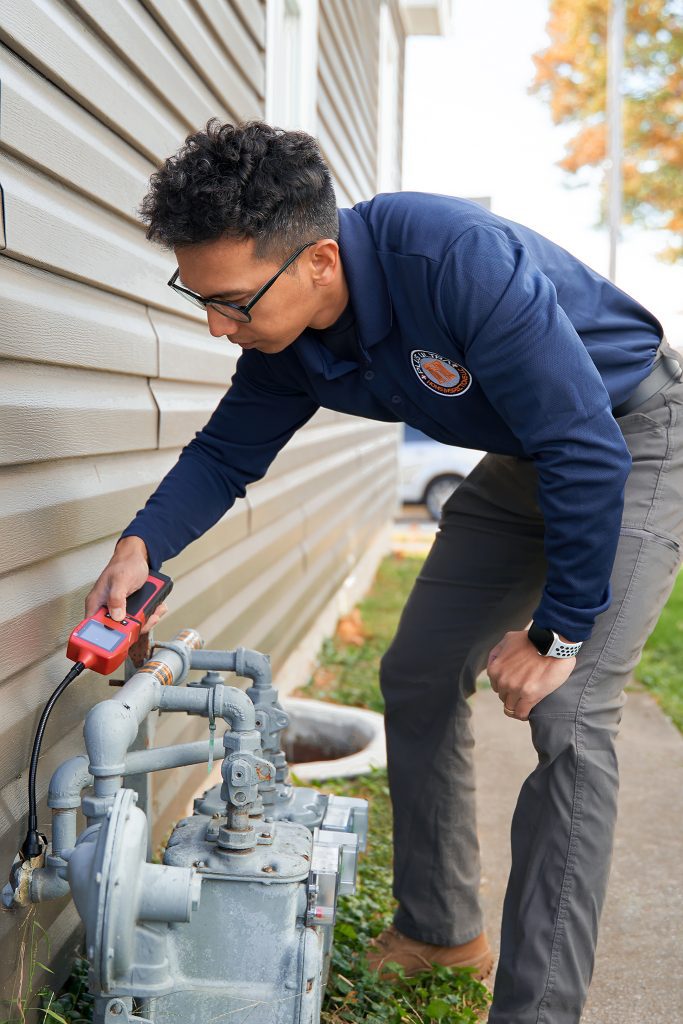
But for the most part, I encourage my clients to ask me any questions or stop me at any point during the inspection. What I’ve been doing lately is I inform my clients that once I’m done with the roof, I’ll come down and provide them with a brief update on what I’ve found, instead of making them wait for the entire home inspection to be completed before giving them a summary.
I find this to be very helpful and have received a lot of positive reviews because I’m able to access every system and ensure they remember what’s happening with their house. In summary, I let them know that this information will be included in the report. If they have any questions or concerns, they can contact me any time after I publish the report.
Bruce:
What’s the cost versus benefit?
Julian:
There are a lot of benefits to getting a home inspection. I think two or three years ago, before I even ventured into the business, the housing market was bad. A lot of people were waiving inspections because they just wanted to get it over with and buy the house, which is a bad idea.
The cost is not a lot, and not a lot of homeowners or homebuyers are handy. They don’t know what they’re getting into if they don’t hire a professional and licensed home inspector. They’re missing out on a lot of stuff about their house. It’s not just about finding what’s wrong with your house, but for me, my main goal is to educate home buyers and my clients. That’s my main thing.
Finding defects around the house is easy, but education is, more crucial than anything else. So a home buyer isn’t just hiring a home inspector to inspect for defects, they’re getting educated. If they don’t hire a home inspector, they miss out on a lot of information about the whole system of their house.
Bruce:
What do you believe is the most important role of the home inspector in the home-buying process?
Julian:
They have a very important role. In the home buying process, we have the real estate agent or the realtor, the lender, the appraiser, and the home inspector. We all work with the same goal: to get a home buyer a house or help a seller sell their house.
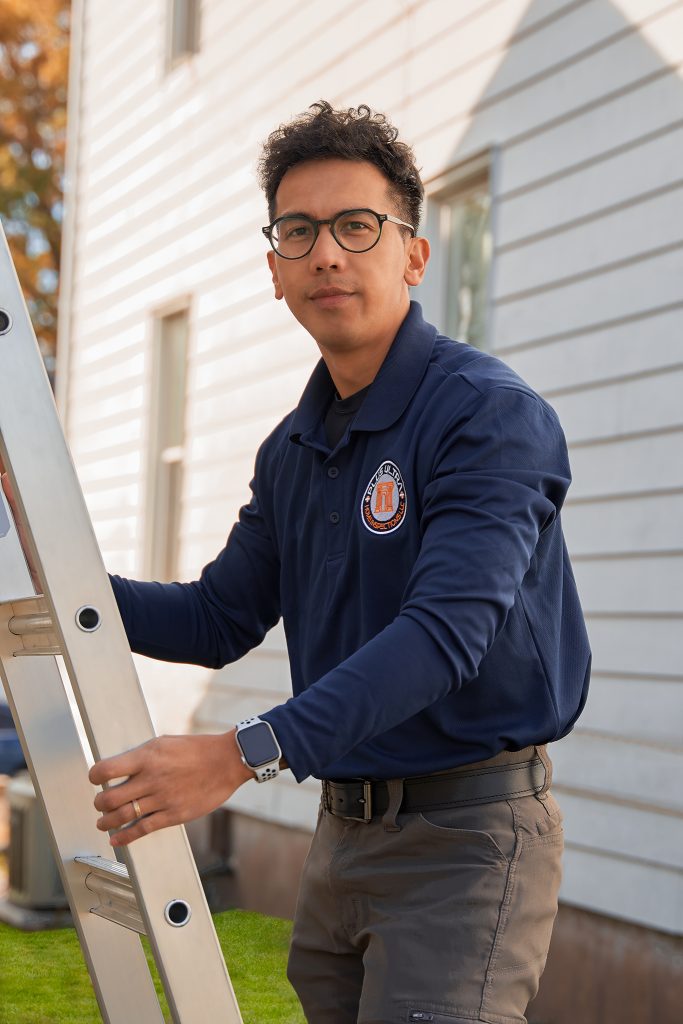
We all have the same goal in the home-buying process, a satisfied and happy buyer. So, I’m not going to say that the home inspector’s job is more important than the realtors, we all work as a team. Our role in the home-buying process is crucial.
I would say the most important thing a home inspector does is educate the clients and know what they’re buying and getting into. So it’s very important.
Bruce:
What advice do you give to someone who’s buying a home for the first time?
Julian:
Hire a home inspector. Don’t just rely on online sources and YouTube tutorials. Nowadays, many people think they can handle everything themselves, but it’s important to recognize the value of hiring a professional home inspector. Not only is it easier, but it also ensures a thorough and specialized inspection.
Hiring someone to do the job for you is more beneficial than attempting to do it yourself. I’ve said, it’s one of those situations where professional expertise makes a difference.
Homebuyers make a mistake when they think they can save money by not hiring a professional to do a job they’re not trained for. Instead, they prefer to watch YouTube or listen to a friend or their parents. But that’s a costly mistake.
That’s why we’re here. That’s why professionals exist. A friend of mine, my mentor, said that home inspectors are like general practitioners. We’re like jacks of all trades.
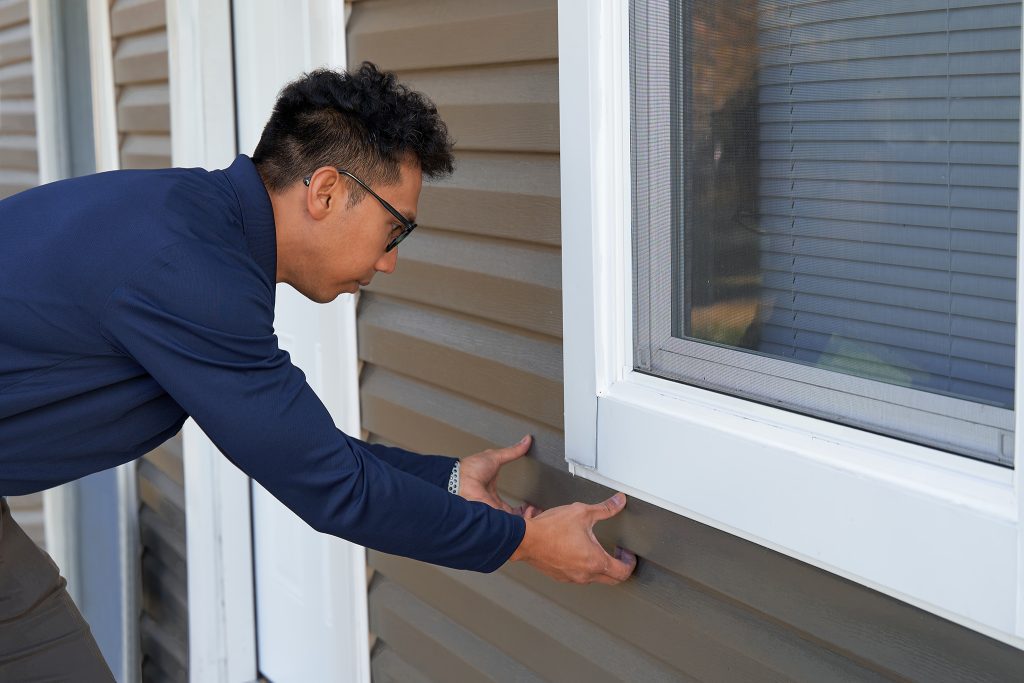
We don’t focus on one area. We know the whole system. We’re like a doctor, your general practitioner. So when you hire a home inspector, you’re not just paying the home inspector for a fee, but you’re paying him for all the experience that he’s gathered from way back.
I’ve been in the Air Force for 14 years and I’ve learned a lot of stuff and applied all of that, and I’m sharing that information with my clients, and that’s what they’re paying me for. I think homebuyers should know that hiring someone to do the job for them, especially inspecting a house, is more beneficial than not hiring one.
Bruce:
How have home inspection standards or processes changed over the years?
Julian:
I’m fairly new in the business of home inspection. The home inspection business, as far as I know, hasn’t changed that much. Throughout the years, we’ve been following the same process and standards. The only thing that has changed is technology.
Back in the day, if you bought a house, the home inspector would simply use pen and paper to write down whatever was wrong in the house, and that was it. Here’s your report. But now, with technology, we’re able to take advantage of what we have.
We have all the smartphones and smart devices. I’ve been using an iPad. It makes things easier. I take pictures and videos. When it comes to standards. They’re all different from state to state. In Illinois, we have our standards of practice.

We have a minimum standard of practice in Illinois, and those haven’t changed at all. It was back in the 80s or 90s when they developed those standards, and we’re still using them. In Missouri, there aren’t any state regulations. Instead, what I use are my association standards.
In the home inspection business, we have two big players InterNACHI (International Association of Home Inspectors) and ASHI (American Society of Home Inspectors).
I’m part of the InterNACHI, and we have our own standards of practice for home inspection. So that’s what I use along with the Illinois standards of practice when I’m working in Missouri.
Bruce:
Last question. What’s the future of home inspection? How do you see your future changing?
Julian:
Generally speaking, the home inspection world will just keep taking advantage of technology. Right now, one of the important things in the home inspection business is the report.
That’s our product. With technology evolving, I think the reporting software that home inspectors use, will be different from five years ago. Right now, I’m using Spectora software. It’s the top-of-the-line software in the industry, and it makes a home inspector’s life easier.
Clearly, with the Spectora software, we’ll be able to publish the report after we leave the house. That’s how fast it is. If you’ve bought a house before, the report won’t be published the next day. But for me, once I leave the house,
I’ll just need a couple of hours to polish it up. I’ll be able to send the report to you and the realtor. That’s one of the selling points in my business. As I said, technology will just keep progressing.
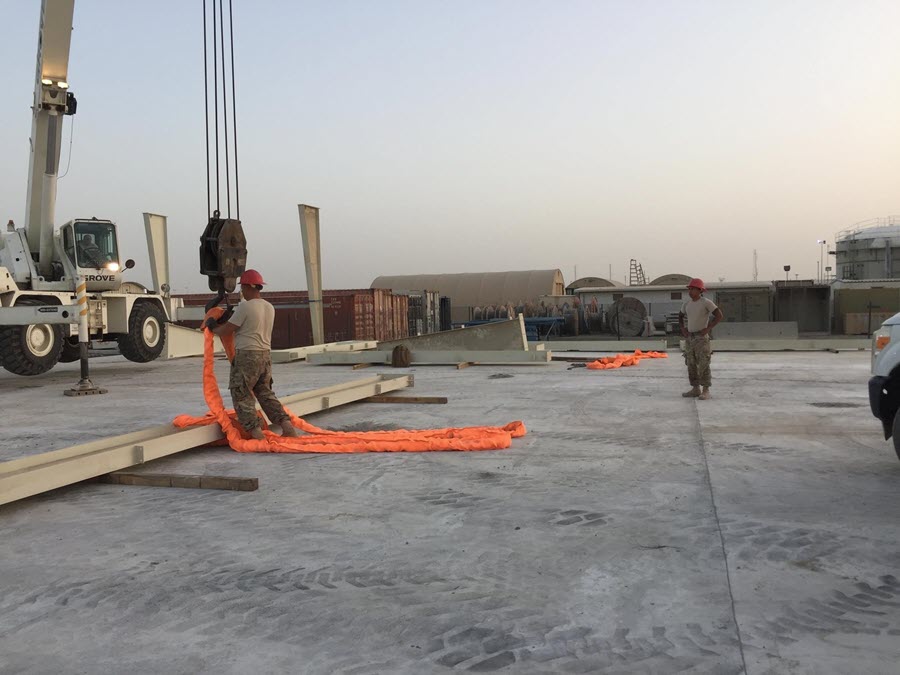
Another advance is AI. It will help the home inspector more with writing. I can see that a lot of home inspectors lack proper grammar. But with AI, they’ll be able to correct it and make it more professional.
That’s where the AI will come into play and help us out. It’ll make it easier. Not all home inspectors are buying into AI. Why would you rely on AI? But it’s the world we live in now.
As far as my business is concerned, it’s not even a year in business yet, only six or seven months in. I plan on expanding. When I complete my military obligations, I will be able to hit the ground running. Currently, I am limited because I’m still on active duty and can’t be a full-time home inspector. However, by the end of 2024, I’ll be able to hire someone to work for me.
One thing I’m looking to hire first is a virtual assistant or someone who can take care of my calls, bookings, and scheduling. I’m struggling with this because I’m still on Active Duty.
Having a virtual assistant or someone to handle my phone calls would be a great help. Right now, my main goal is to keep the business flowing, so I’m not planning to hire a home inspector yet. A scheduler or virtual assistant can help me funnel the business.
Bruce:
Any final thoughts?
Julian:
I appreciate you for doing this. You’re not only helping my business, but all the local businesses in the area. Having a blog or website on the internet will greatly benefit small businesses like mine. Nowadays, people just want to search the internet and find the professionals they need.
Wrap up
We hope you are enjoying these articles and are willing to continue to follow along as we share our adventures of learning about life in southern Illinois, This is an exciting area and we are so happy to be part of this area. Our lives are being fulfilled by the people we are meeting. Bruce & Karen.
This website is a participant in the Amazon Services LLC Associates Program, an affiliate advertising program designed to provide a means for sites to earn advertising fees by advertising and linking to Amazon.com and affiliated sites. As an Amazon Associate, I earn from qualifying purchases.
We’re Bruce and Karen Carlson. We recently moved to the Metro East area of Illinois. This area is east of St. Louis from the Mississippi River north to Alton, east to Carlyle, back south to Waterloo and the Mississippi River, finally north to Columbia. The center is Fairview Heights, Swansea, Belleville, Shiloh, and O'Fallon. Not to be forgotten is Southern Illinois University (SIU) in Edwardsville. It’s a whole new world out there. Our goal with this website is to share our exploration of the Metro East area. As we find businesses and services we use in our daily lives, we’ll share how these businesses and services have helped make our lives better and easier to live.
We’re calling our move to the Metro East area retirement, but we’re not quite sure what that means. By sharing our story with you, we hope you too will gain a better sense of what the Metro East area has to offer and how their businesses and services can improve your lives and build a better community.



great article…
Thanks for reading Jim! Bruce did an amazing job with the interview.